Pectoral Sandpiper Calidris melanotos
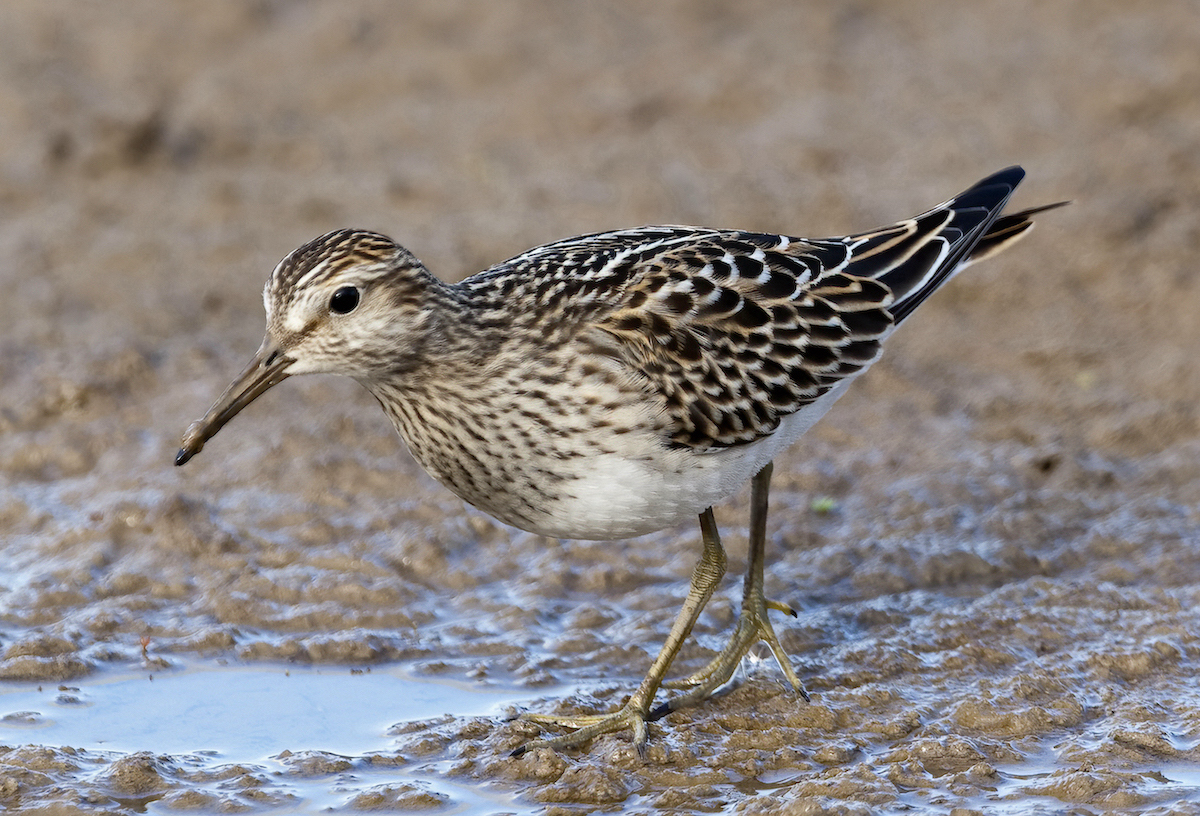
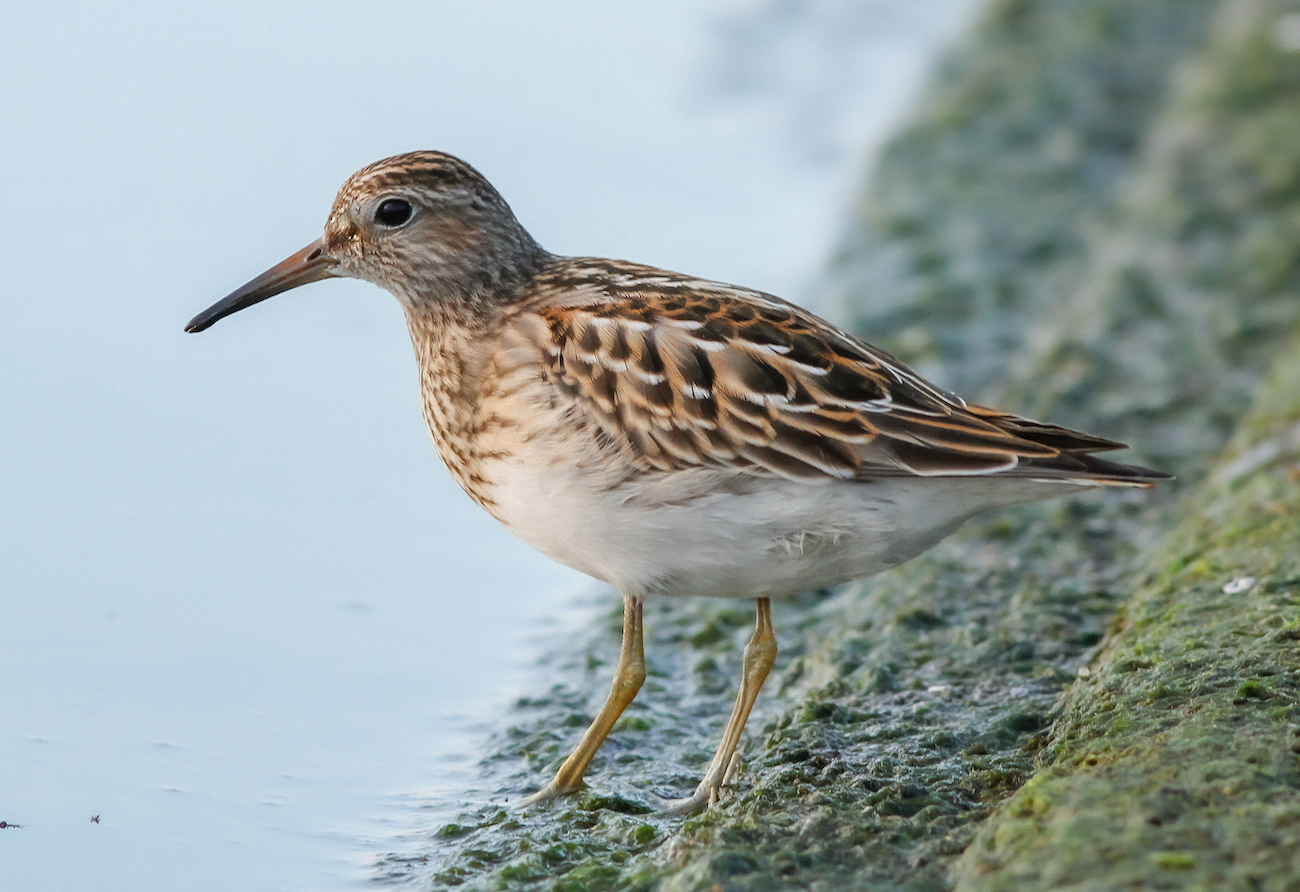
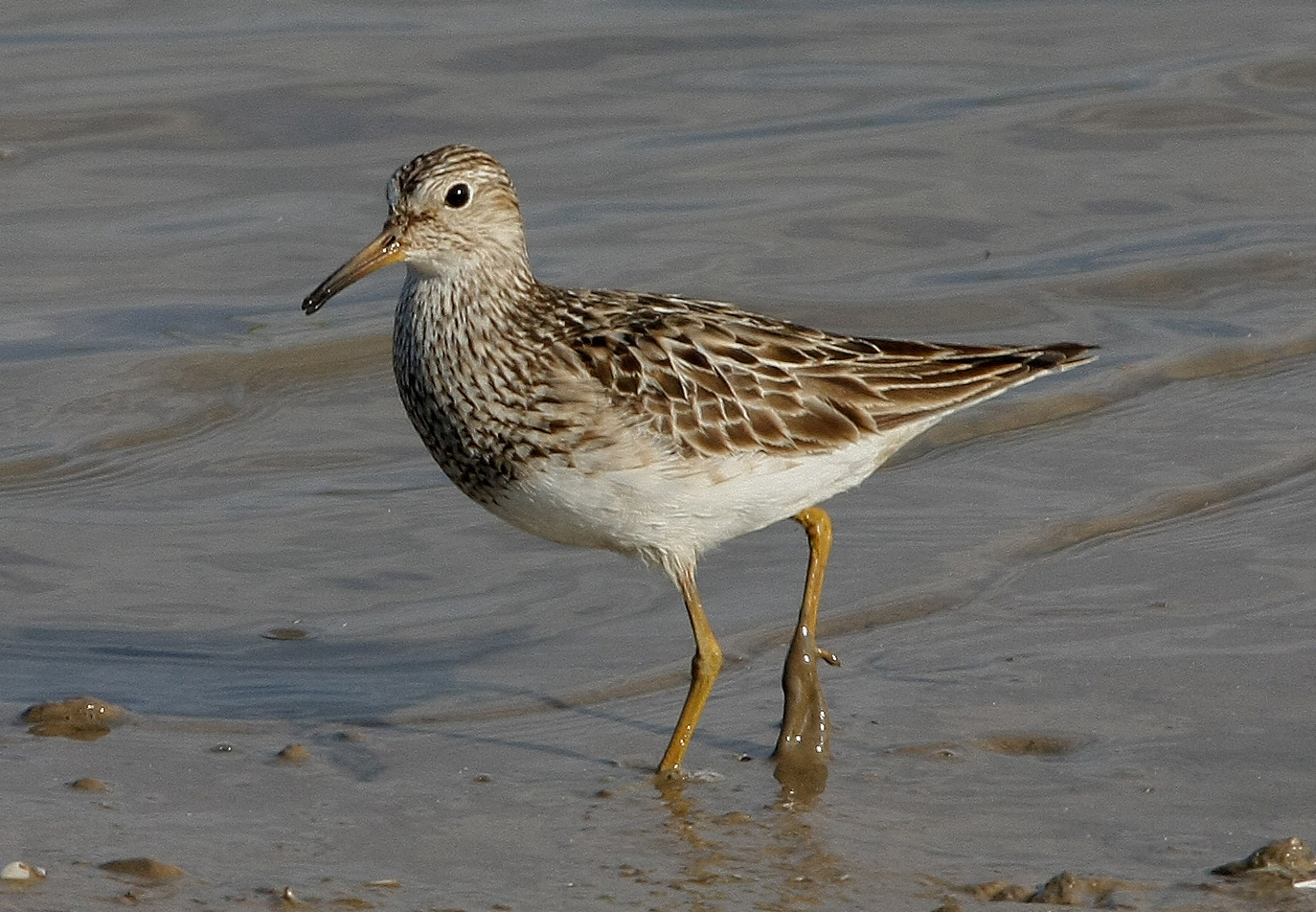
The first was one seen at Seacroft on October 12th 1948 (see Finders Report, below), and others followed from the mid 1950s. The next four records were Wisbech STW, October 30th-November 12th, 1955; Wisbech STW June 11th-15th, 1956; Sleaford STW October 13th-20th, 1956; Wisbech STW August 17th-18th, 1960.
Up to 2016, there had been at least 183 county records (and the charts below may omit a few birds occurring before 1979). The species was ex-BBRC as early as 1963 and in the most recent Rare Migrants report White and Kehoe (2020) reported an average of 141 birds per year in Britain during 2010-18 with an increase since 1990. In Lincolnshire the Atlas reported 80 records over the previous 50 years. LBR reports for the 10 years to 2018 reported a total of 74 “Pecs” which at 7-8 a year is a large increase over previous experience. However, with 43 in in the five years to 2013 and 31 in the five years to 2018 there has been a slight fall in the most recent period. The record year was 12 in 2011, probably the best year ever in Lincolnshire, and the poorest years were three in 2018 and one in 2019. The records over the 10 years were split between five in spring and 70 in autumn.
In the data presented in the charts for 1950-2016, nine have been found in spring, with the earliest being one at Frampton Marsh April 24th-28th 2011. The remainder occurred in autumn, peaking during mid to late September; the latest was one at Wisbech sewage farm during October 30th-November 12th 1955.
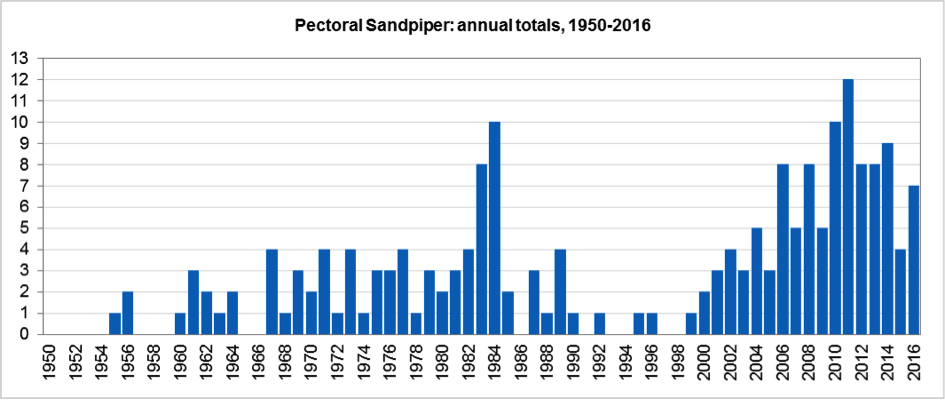
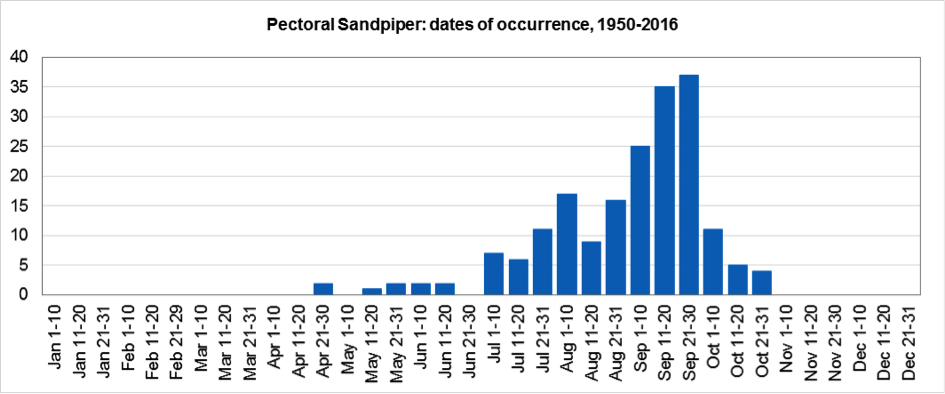
Finder’s report: Pectoral Sandpiper at Seacroft, October 12th, 1948, first county record.
by S. A. Cox.
Note: this account is taken from the Transactions of the Lincolnshire Naturalists' Union, Vol. XIII. p. 213. and is the first county record. As this preceded the first Gibraltar Point Report, it seemed appropriate at the time to publish it in the L.N.U. Transactions. This is the first Lincolnshire record of the species and for that reason full details are given here.
Circumstances
The Rev. F. L. Higgins saw a bird of this species at Seacroft on October 12th, 1948. The bird was under observation for a long time at 20-30 yards range through a x8 monocular. It was very tame and pitched again immediately when flushed. It only flew when the observer approached within ten yards. The flight was low and devious. It fed silently and moved slowly. Every now and then it stood erect with neck extended looking very upright. It uttered a strange, rather harsh and grating multiple note deeper in tone than that of most waders.
Description
The following description was written without reference to books:
Back and upper-parts mottled brown of a regular pattern; colour about that of Whimbrel, toning with muddy grass marsh so as to be almost invisible. Head same colour, but with a rather darker stripe on crown, leaving a pale stripe over the eye. Bill long, dark brown and straight. Breast pale grey-brown, delicately mottled; well-defined oval shape, not merging gradually but abruptly into the white belly and underparts; gave the impression of a pale brown dinner-shirt or “dicky” coming well down the breast. Legs rather long and pale yellow—not a bright yellow, rather ochre, colour of a dull lemon. In flight dark down middle of rump. Length not more than 9 inches, but more probably 8 inches.
(Account as per new Birds of Lincolnshire (2021), included September 2022)

